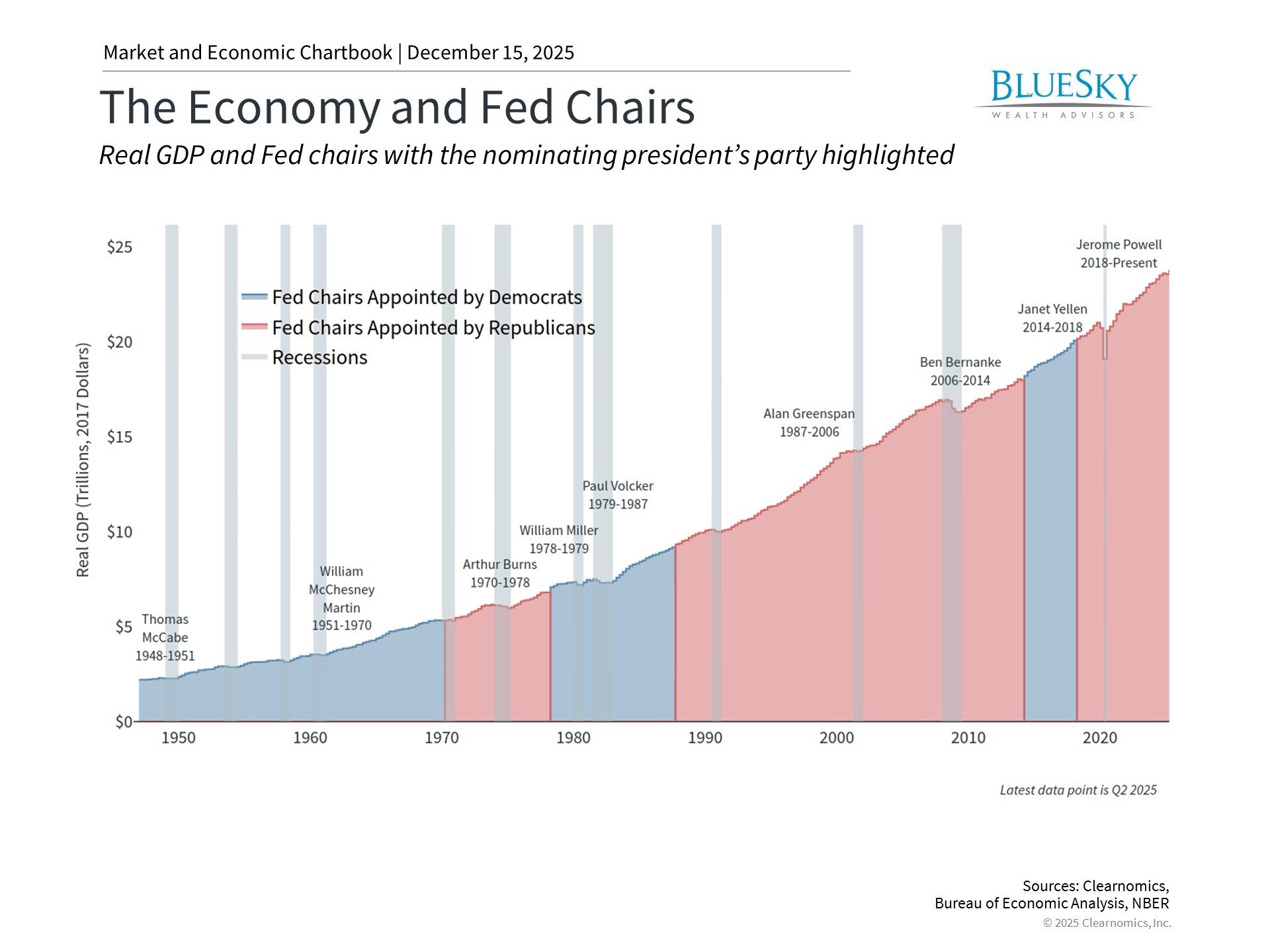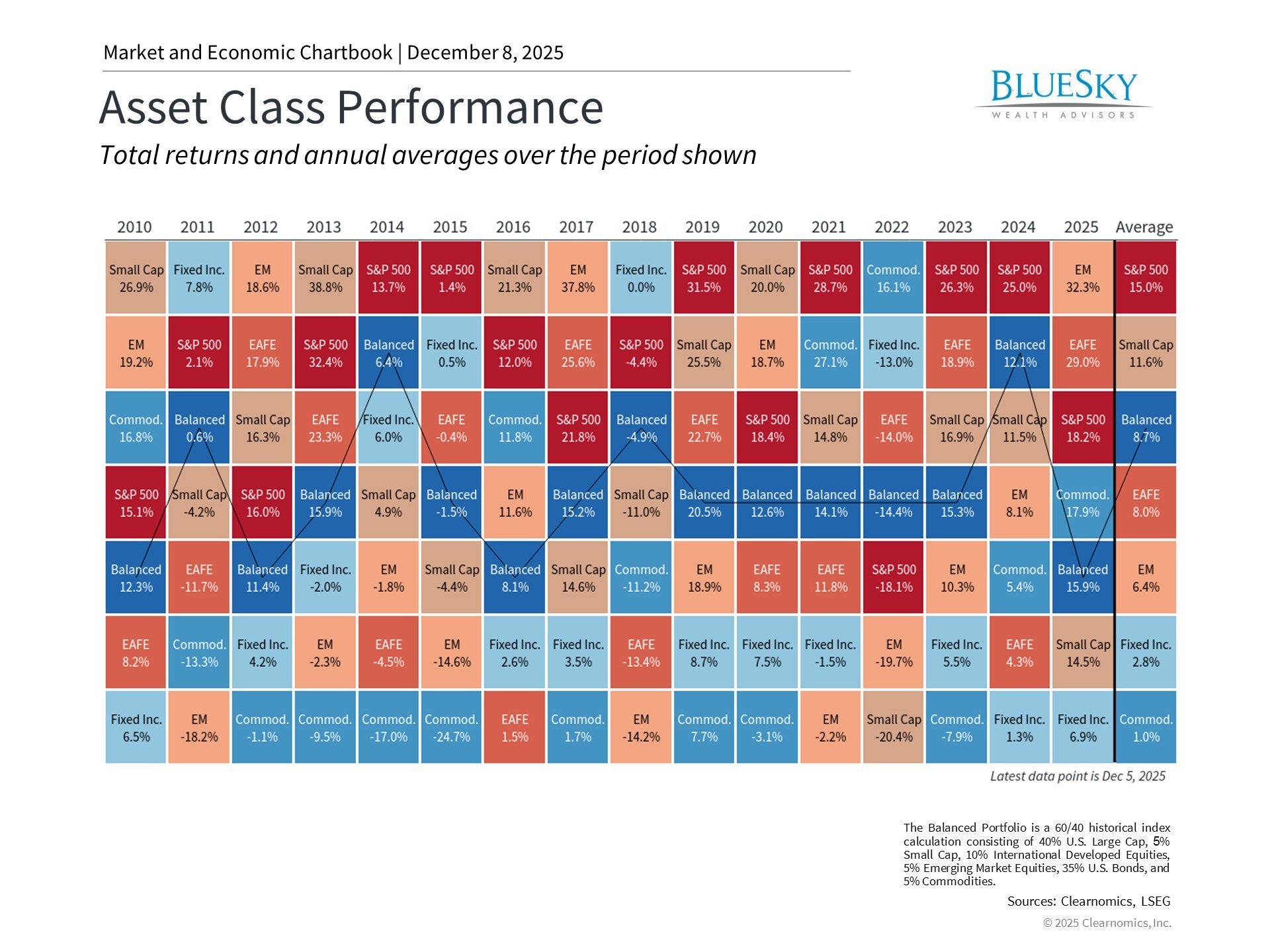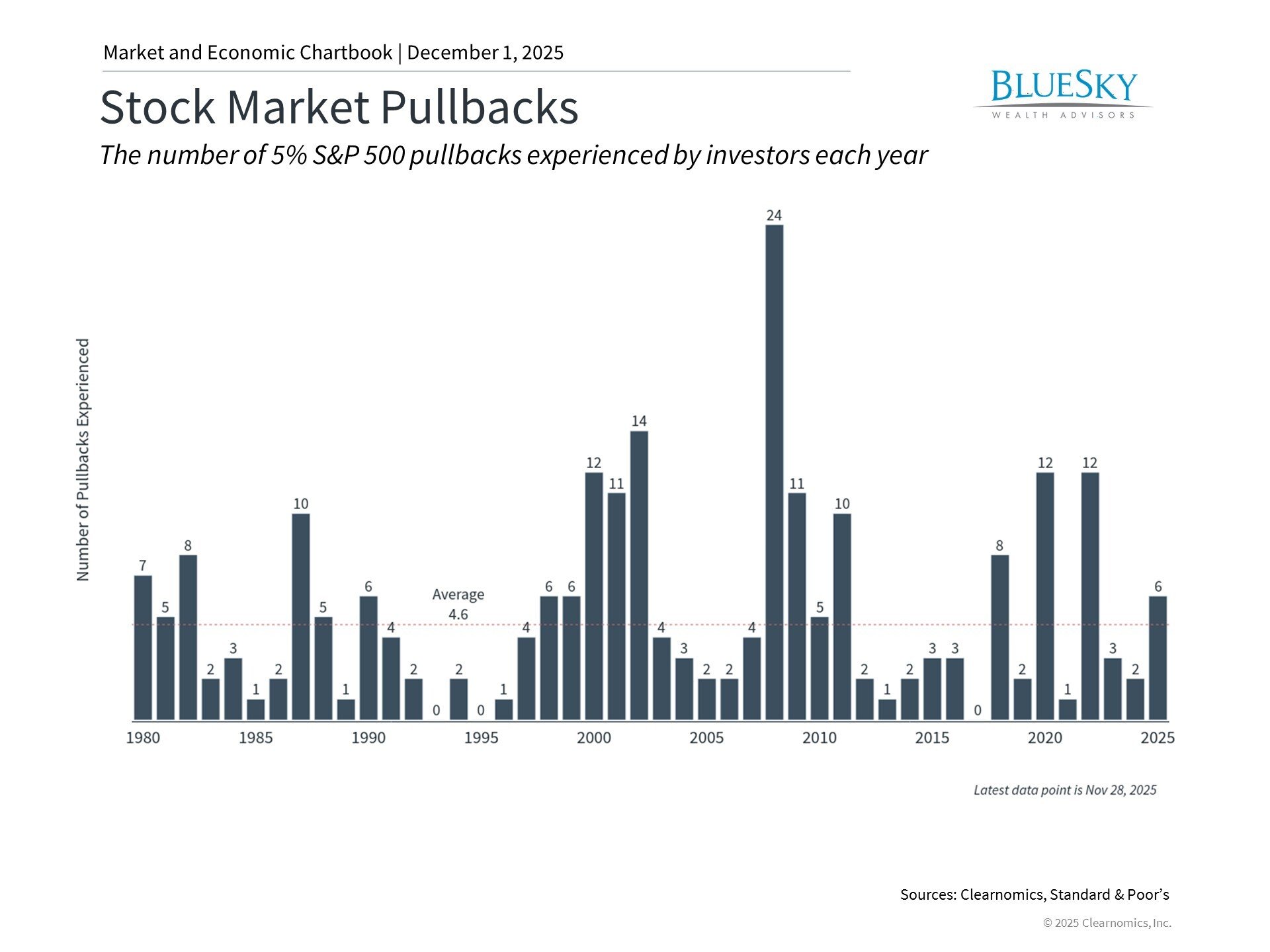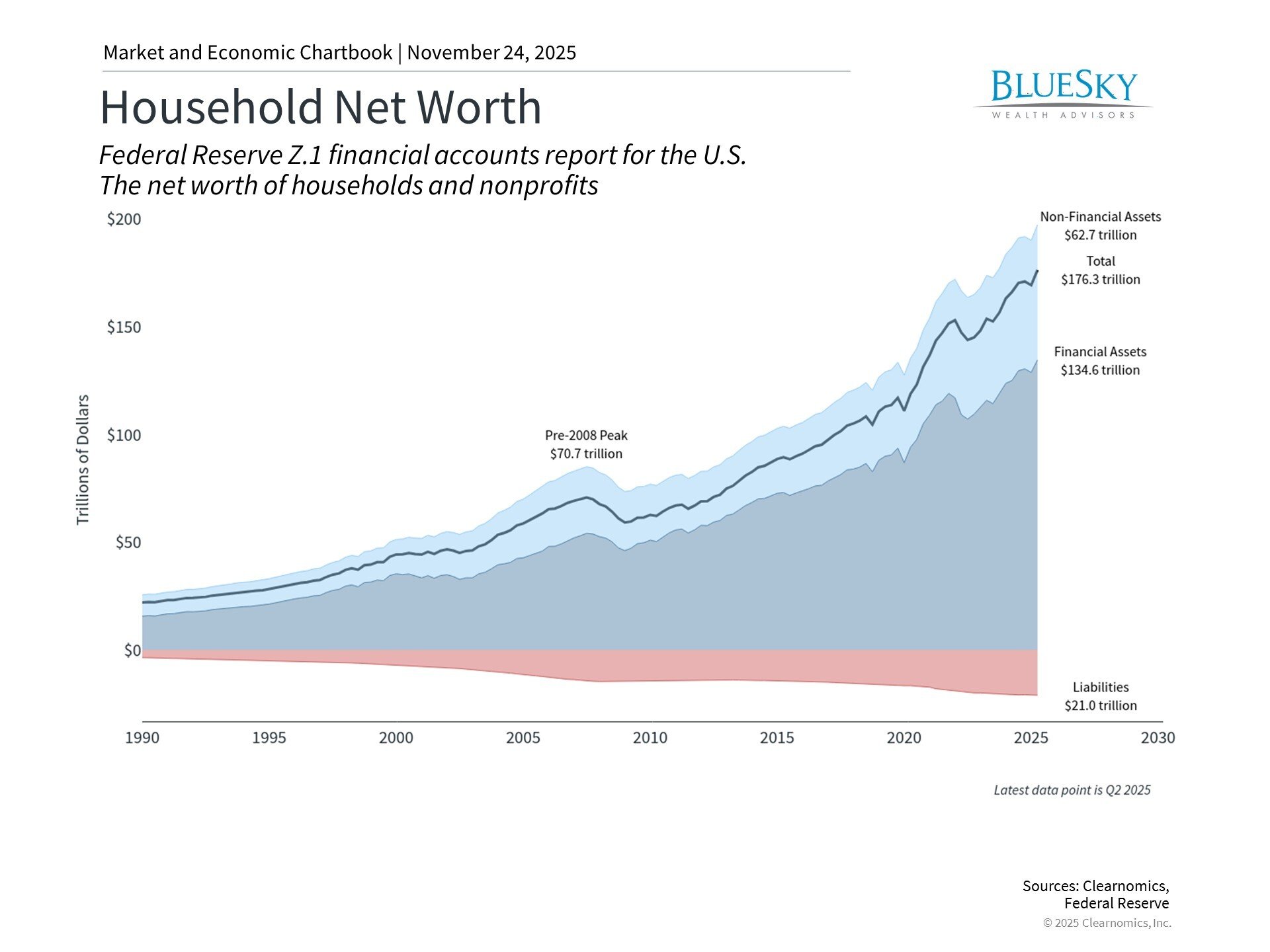
Income-Producing Assets: Top 5 Picks for 2024
Income-Producing Assets: Top 5 Picks for 2024

If you’re in search of income-producing assets to diversify your portfolio and secure financial independence, you’re in the right place! Generally, the top assets for generating income include stocks that pay dividends, bonds, real estate investments, REITs, and even farmland, each offering unique benefits and risks.
In today’s financial climate, securing robust income-producing assets remains a cornerstone strategy for wealth building and preservation. The importance of these assets lies in their ability to generate steady, predictable streams of income that can help manage financial uncertainties and enhance one’s quality of life over the long term.
The right strategy involves assessing various asset classes, understanding individual risk tolerances, and leveraging professional advice to strike a balance between immediate returns and long-term security. For the financially comfortable yet busy individual, this approach not only meets the need for personal finance optimization but also aligns with broader goals of tax efficiency and legacy establishment.

Understanding Income-Producing Assets
When we talk about income-producing assets, we’re referring to investments that provide you a regular income. This income could come from various sources such as rent, dividends, or interest. These assets are essential for building wealth and can provide a steady cash flow, which is crucial for financial stability and growth.
Definition
An income-producing asset is any asset that generates income on a regular basis. Unlike assets that appreciate in value and provide returns only when sold, income-producing assets offer returns at regular intervals, which can be reinvested or used as passive income.
Types of Income-Producing Assets
There are several types of assets that can generate income:
– Real Estate: Includes rental properties where tenants’ rent provides regular income.
– Dividend-Paying Stocks: Investments in companies that pay dividends out of their profits to shareholders.
– Bonds: Loans to the government or corporations that pay interest over a fixed term.
– REITs (Real Estate Investment Trusts): Companies that own or finance income-generating real estate.
– Farmland: Agriculture land that yields rental income from farming activities or direct sales of produced goods.
Benefits of Income-Producing Assets
Investing in income-producing assets comes with numerous advantages:
– Steady Income Stream: These assets provide regular income, which can help cover living expenses or reinvest to compound wealth.
– Risk Diversification: By holding different types of income-generating assets, you can spread out risk and reduce the impact of volatility in any single investment.
– Inflation Hedge: Income from these assets often rises with inflation, especially in real estate and farmland, protecting your purchasing power.
– Tax Advantages: Certain income-producing assets, like real estate, offer tax deductions on mortgage interest, depreciation, and other expenses.
Understanding these assets is the first step towards incorporating them into your investment strategy. By recognizing the types of income-producing assets and their benefits, you can make more informed decisions that align with your financial goals. This knowledge is vital whether you’re looking to build a retirement fund, generate passive income, or achieve financial independence. Next, we’ll explore the top income-producing assets for 2024, which will help you decide where to allocate your investments for optimal returns.
Top Income-Producing Assets for 2024
Stocks/Equities
Investing in stocks remains a top choice for building wealth. Stocks, or equities, represent ownership in a company and can provide returns through dividends and appreciation in share price. Global Markets offer a vast array of opportunities, from established markets in the U.S. and Europe to emerging markets in Asia and South America. For those seeking exposure without the need to pick individual stocks, Index Funds are a fantastic option. These funds mimic the performance of a specific index, like the S&P 500, offering diversification and lower risk.
Bonds
Bonds are considered safer than stocks and are an essential part of a diversified portfolio. They provide regular income through interest payments. Types of bonds include:
– Treasury Bonds: Issued by the government, they are seen as low-risk.
– Corporate Bonds: Issued by companies, they typically offer higher yields than government bonds but come with increased risk.
– Municipal Bonds: Issued by states, cities, or counties, these bonds often offer tax-free interest income, making them attractive to those in higher tax brackets.
Real Estate
Real Estate continues to be a preferred asset for many investors due to its potential for appreciation and rental income. Rental Properties can provide steady, passive income, while Vacation Properties offer the potential for higher rental yields due to their desirability and seasonal pricing.
Real Estate Investment Trusts (REITs)
REITs allow investors to pool their money to invest in properties. They are required by law to distribute 90% of their income to investors, often making them high-yield assets. REITs can be:
– Publicly-Traded: These REITs are listed on major stock exchanges and offer liquidity similar to stocks.
– Private: These are not listed on exchanges and are typically only available to accredited investors.
– Non-Traded: These REITs are registered but not listed on exchanges, offering potential tax benefits and lower volatility but less liquidity.
Farmland
Farmland is gaining popularity as an investment due to its historical resilience and stability. Investors can engage in Direct Ownership or participate through Crowdsourcing Platforms, which allow for smaller capital commitments and diversification across different regions and types of crops.
Each of these assets offers a unique blend of risk, return, and liquidity, making them suitable for different investment strategies and goals. As we move into 2024, consider how these income-producing assets can fit into your portfolio to help achieve your financial objectives. Next, we’ll discuss how to choose the right income-producing assets based on your individual needs and circumstances.
How to Choose the Right Income-Producing Assets
Choosing the right income-producing assets involves understanding your personal financial situation and investment goals. Here are three critical factors to consider:
Risk Tolerance
Risk tolerance is how much risk you are willing to take in exchange for potential returns. Everyone’s comfort level with risk varies. Some may prefer investments with lower returns but more stability, like bonds or high-yield savings accounts. Others might be willing to embrace higher risk for the possibility of greater returns, such as stocks or real estate investments.
To assess your risk tolerance, ask yourself:
– How do you react to market fluctuations?
– Can you handle seeing your investment values drop in the short term for potential long-term gains?
Time Horizon
Time horizon refers to the amount of time you plan to hold an investment before taking the money out. This could be for a specific goal like retirement, buying a home, or funding education.
- Short-term investments (less than 3 years): Consider more liquid assets like money market accounts or short-term bonds.
- Medium-term investments (3 to 10 years): Bonds, dividend-paying stocks, and some real estate options might be suitable.
- Long-term investments (more than 10 years): Here, you can afford to take on more risk with assets like stocks and real estate, as you have time to recover from any volatility.
Capital Available
The amount of money you can invest initially also plays a crucial role. Some assets require more capital upfront. For instance:
– Direct real estate investments usually need a significant amount of money for down payments.
– Stocks, on the other hand, can be purchased in smaller amounts, especially if you opt for fractional shares.
For those with limited capital:
– Consider starting with stocks or mutual funds.
– Explore REITs or crowdsourcing platforms for real estate exposure without needing large amounts of money.
Making the Choice
Once you understand your risk tolerance, time horizon, and capital availability, align these with the types of income-producing assets available. If you’re looking for safety and have a low risk tolerance, bonds and high-yield savings accounts may be ideal. For those seeking growth and can handle more risk, stocks and real estate might be better suited.
BlueSky Wealth Advisors can help you evaluate these factors and guide you in selecting the right assets that match your financial goals and lifestyle needs. By considering these elements, you can make informed decisions that not only aim for growth but also fit comfortably within your financial plan.
Next, we’ll explore how diversifying your portfolio with various income-producing assets can enhance stability and potential returns.
Diversifying Your Portfolio with Income-Producing Assets
When it comes to building a resilient investment portfolio, diversification is key. By spreading investments across various income-producing assets, you can reduce risk and increase the potential for stable returns. Here’s how you can diversify your investments effectively with the guidance of BlueSky Wealth Advisors.
Benefits of Diversification
Diversifying your investment portfolio has several benefits:
– Reduces Risk: By investing in a mix of asset types, you minimize the impact of poor performance from any single asset.
– Enhances Returns: Different assets perform well under different economic conditions. Diversification allows you to capture gains across a broader spectrum of opportunities.
– Provides Stability: Income streams from diverse sources can stabilize your overall portfolio, smoothing out the bumps during volatile market periods.
Strategies for Diversification
Mix Asset Classes: Include a variety of asset classes like stocks, bonds, and real estate. Each class reacts differently to market conditions, balancing your portfolio’s performance.
Geographical Diversification: Invest in markets across different regions and countries. This can protect against region-specific economic downturns and exploit growth in emerging markets.
Sector and Industry Variation: Within your equity investments, spread your capital across different sectors such as technology, healthcare, and consumer goods. This protects against sector-specific risks.
Size Diversification: Invest in a mix of large-cap, mid-cap, and small-cap companies. Smaller companies often offer higher growth potential, albeit with higher risk, complementing the stability of larger, well-established companies.
BlueSky Wealth Advisors: Your Partner in Diversification
BlueSky Wealth Advisors specializes in creating diversified portfolios that align with individual financial goals and risk tolerances. Here’s how they can help:
– Personalized Portfolio Construction: BlueSky’s advisors tailor your portfolio based on a detailed analysis of your financial situation, goals, and risk tolerance.
– Continuous Monitoring and Rebalancing: They actively monitor the market and adjust your portfolio to maintain the desired level of diversification, responding to changes in market conditions and personal circumstances.
– Expert Guidance: With a deep understanding of various asset classes and market dynamics, BlueSky’s advisors provide knowledgeable insights that help you make informed decisions.
By incorporating these diversification strategies and leveraging the expertise of BlueSky Wealth Advisors, you can enhance the stability and potential returns of your investment portfolio. This approach not only aims to protect your assets but also positions you to capitalize on opportunities across a broad investment landscape.
Next, we’ll address some of the most common questions investors have about income-producing assets, helping you further refine your investment strategy.
Frequently Asked Questions about Income-Producing Assets
What are the safest income-producing assets?
When thinking about safety in investments, we often consider the risk of losing money and the stability of returns. Here are some of the safest options:
- Bonds and Bond Index Funds: Especially government bonds, which are backed by the assurance of the government and have very low default risks.
- Certificates of Deposit (CDs): These are insured by the FDIC up to $250,000, making them a secure place to park your money while earning interest.
- Real Estate Investment Trusts (REITs): Publicly-traded REITs are liquid and typically offer a steady income through dividends. They are regulated and provide a way to invest in real estate without having to buy property directly.
How can beginners invest in income-producing assets?
Getting started with investing might seem daunting, but it’s more accessible than many think. Here’s how beginners can get into the game:
- Start Small: You don’t need a large amount of money to begin. Platforms like Fundrise allow you to invest in real estate with as little as $10.
- Educate Yourself: Learn the basics of different income-producing assets. Free online resources, books, and blogs can be very helpful.
- Use Robo-Advisors: These platforms can automatically invest and diversify your money across various assets according to your risk tolerance.
- Consider ETFs: Exchange-Traded Funds (ETFs) are a good way to invest in a diversified portfolio of stocks or bonds with a small amount of money.
What are the tax implications of income-producing assets?
Understanding the tax obligations linked to your investments is crucial. Here’s a quick overview:
- Dividends and Interest: Income from stocks and bonds must be reported on your tax returns. Dividends are taxed at different rates depending on whether they are qualified or not.
- Rental Income: If you own rental properties, you must report the income. However, you can also deduct certain expenses like maintenance, property taxes, and management fees, which can offset some of the income.
- Capital Gains: If you sell an asset for more than you paid, you’ll likely owe capital gains tax. The rate depends on how long you held the asset and your income level.
By addressing these common questions, you can better understand how to approach income-producing assets. With careful planning and informed decisions, these assets can enhance your financial portfolio and contribute to long-term wealth building. Next, we’ll explore how to choose the right income-producing assets based on your personal financial goals and market conditions.
Conclusion
As we wrap up our guide on the best income-producing assets for 2024, let’s revisit the essential points and underscore the importance of a thoughtful, long-term strategy in building your wealth. At BlueSky Wealth Advisors, we’re committed to guiding you through this journey, ensuring that your investment choices align perfectly with your financial goals and risk tolerance.
Review of Key Insights
Throughout this guide, we’ve explored a variety of assets that can generate income, from stocks and bonds to real estate and farmland. Each asset class comes with its own set of benefits and considerations:
- Stocks offer potential dividends and growth.
- Bonds provide a more stable income stream and lower volatility.
- Real Estate can deliver rental income and value appreciation.
- REITs allow investors to tap into real estate markets without direct property management.
- Farmland presents a unique opportunity for steady yields and low correlation with traditional markets.
Crafting a Long-term Strategy
Investing in income-producing assets isn’t just about selecting the right assets; it’s about integrating these investments into a broader financial plan that evolves with your changing needs and market dynamics. Here are a few strategies to consider:
- Diversification: Spread your investments across different asset classes to mitigate risk and maximize potential returns.
- Regular Reviews: Continuously assess your portfolio’s performance and adjust your strategy in response to life changes or financial goals.
- Professional Guidance: Leverage the expertise of financial advisors to navigate complex market conditions and investment opportunities.
Why Choose BlueSky Wealth Advisors?
At BlueSky Wealth Advisors, we don’t just manage your investments; we build lasting relationships to support your financial well-being. Here’s why partnering with us can be a pivotal decision:
- Personalized Attention: We believe every client’s financial journey is unique. Our tailored advice reflects your personal goals and circumstances.
- Expertise: Our team stays ahead of market trends and regulatory changes, providing you with proactive and informed guidance.
- Holistic Approach: We look at the bigger financial picture, integrating tax strategies, estate planning, and risk management into your investment decisions.
Investing for the Future
Choosing the right income-producing assets is about more than immediate returns. It’s about setting the stage for financial security and independence. Whether you’re just starting out or looking to enhance your existing portfolio, BlueSky Wealth Advisors is here to ensure that every step you take is measured and aligned with your long-term aspirations.
Thank you for trusting us with your financial journey. Together, let’s build a prosperous future.





